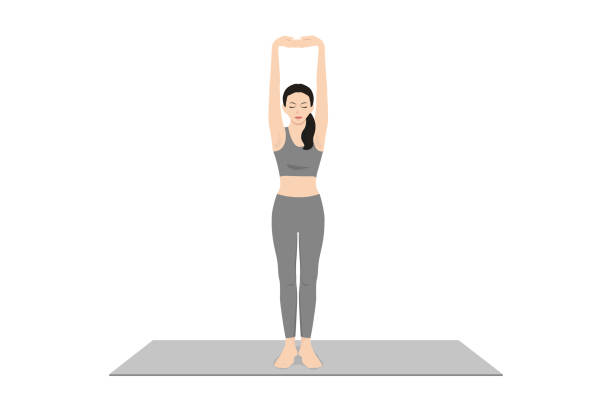Self-study yoga has a number of benefits. First, it allows you to choose the intensity with which you want to comprehend the secrets of yoga. Second, you can listen to the reactions of your body and, thanks to what you hear, avoid physical injury. Third, yoga teaches you to look intently and patiently inside yourself, to see exactly what is, and not what it seems. Fourth, you can choose the practice that is useful, and not the one you want, but that will be harmful to your physical and mental health.
Each person is unique and unrepeatable, individual. That is why yoga should be individual for each of us. The totality of energies that are in each of us and create our energy system is as individual as our consciousness. It is proved that in the world there is nothing unchanging, permanent. So we are changing every second and at the same time our energy, our consciousness is changing. Therefore, can yoga be the same every day? It is important to immerse yourself in yourself every day and understand which asanas should be present in your lesson today. Then each lesson will become an experience of learning new things, learning about yourself and yoga.
Tadasana
- This asana is the starting position for all asanas.
- Tadasana energetically centers, grounds, and prepares you in the chosen practice.
- The asana opens the foot chakras (padachakras), helps the earth energy to rise into the body and leave it at the right time.
- In other words, Tadasana removes energy irregularities and blockages in the meridians, distributing energy evenly throughout the body.
Shifting body weight to the inner sides of the feet reduces the arch of the feet and energizes the back, kidneys, lower back, and the space between the shoulder blades.
Shifting weight to the outer edges of the feet increases the arch in the lower back. The back energy body in this position is oppressed, and the frontal one (the area of the heart center), on the contrary, opens up and fills with energy.
During exercise, evenly distribute the weight over the entire area of the feet. There should be no distortions on their outer or inner edges. This will help the front and back energy bodies work harmoniously and balanced and simultaneously activate them.
Asana strengthens the muscles of the body, has a tonic effect on the internal organs, trains the heart and blood vessels, improves posture, develops a sense of balance, calms the nervous system, gives strength and energy, improves health.
A seemingly simple asana has many beneficial effects – it removes excessive emotionality, stabilizes the psyche, leads to a state of calm and clarity, and prepares you for the practice of yoga. What is important – there are no restrictions for this asana.

Performing Tadasana
- Stand up straight. Place your feet parallel to each other at the width of the pelvis.
- Press your feet firmly into the ground. Distribute your body weight evenly on your feet.
- Don’t bend your knees, but don’t over-bend either.
- Pull the spine and crown up.
- Do not make an excessive deflection in the lower back.
- The stomach is pulled up, the chest is slightly forward, the shoulders are lowered down and laid back.
- Hands down, lie on the hips.
- Do not pinch the armpit area with your hands, leave it open and “breathing”.
- Keep your head straight and straight, do not lift your chin.
- The muscles of the face and eyes are relaxed.
- The whole body is taut but relaxed.
- Feel the entire volume of the body.
- As you perform the asana, keep your gaze steady and fixed on a point straight ahead of you, or close your eyes if it feels comfortable.
It is important to remember not to bring your feet too close together during Tadasana, as this can disrupt the flow of energy from the Earth. Instead, keep your feet slightly narrower than the width of your pelvis, with a gap of one or two fists between them.
To activate the lower chakras, visualize drawing in energy through your feet as you inhale and directing it up through your body to the crown of your head. On the exhale, imagine lowering the energy flow down your spine and sending it back to the Earth through your feet.
To activate the upper chakras, imagine inhaling through your feet and sending the energy up to the top of your head. On the exhale, do not lower the energy down. Instead, exhale the energy from the top of your head into the sky.
Tadasana can be practiced at any time during the day, not just during a yoga class. It is a comfortable pose for taking breaks and resting between other asanas.
Tadasana has many benefits for the body, including strengthening muscles, toning internal organs, improving posture and balance, and calming the nervous system. By practicing Tadasana regularly, you can experience a sense of calm and clarity, and prepare your body for other yoga poses.



